In our modern era, it is quite surprising not to see a popular and top-selling PC or console game being ported to mobile or adapted into a standalone app. This highlights the impressive prevalence of porting, which has grown to dominate a significant portion of game development projects. The booming business of game porting services, especially to platforms like Android and iOS, has consistently proven to help publishers maximize profit from their intellectual properties. Game developers can significantly increase their market reach by adding new features to meet the demands of existing users and expanding their audience through access to larger platforms.
While the merits of porting are fascinating in their own right, the focus here is more on the process behind it and what businesses can expect when they choose to port one of their games. Understanding the steps involved and knowing how to approach the task strategically can help ensure that porting is done efficiently, yielding the desired results. Additionally, businesses looking to explore this avenue can gain valuable insights into the technical and market considerations that go into porting, making it a smoother and more profitable venture.
Looking for game porting services?
What are the Challenges of Video Game Porting to Mobile?
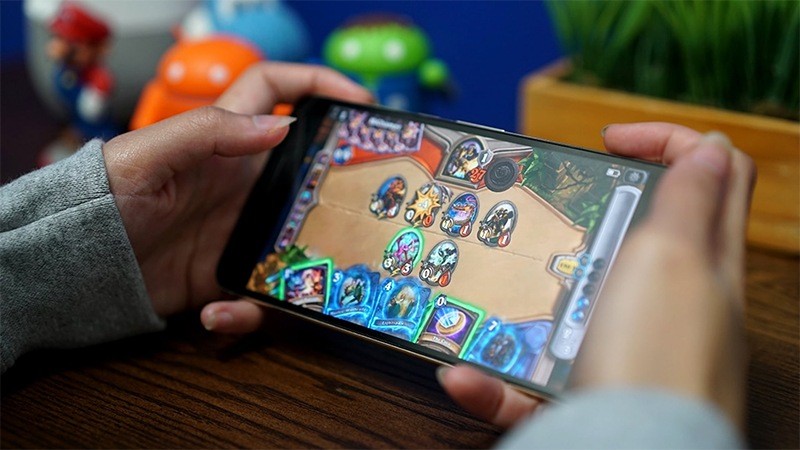
Understanding the obstacles that arise during development is crucial for a project's success. Challenges can significantly delay progress or even bring the project to a complete stop if the team lacks the necessary experience or resources to address them. Each stage of development often presents specific difficulties, whether related to technical limitations, unanticipated design issues, or gaps in communication among team members. Without a capable and well-equipped team, these problems can escalate, leading to costly delays or compromising the overall quality of the final product.
Experienced teams are more adept at identifying potential issues early in the development cycle. They foresee common pitfalls and have the skills to implement effective solutions before problems become critical. Technical expertise allows the team to manage complex coding tasks, address performance bottlenecks, and troubleshoot unforeseen complications quickly. Resourceful developers are equipped to adapt to changing requirements and manage shifting priorities without losing momentum.
Moreover, teams that possess strong project management skills can better allocate time and resources, ensuring that each phase of development runs smoothly. A proactive approach to planning and communication ensures that any issues, whether minor or substantial, are handled efficiently. Without such foresight and expertise, even small obstacles can compound, resulting in significant setbacks that threaten the entire project's timeline and budget.
Ultimately, the ability to anticipate and navigate through these challenges is what separates a successful project from one that falters. A well-prepared and skilled team is key to ensuring that the development process continues steadily, regardless of the hurdles encountered along the way. Some of the greatest challenges can include:
1. Converting code to a new language
When developers create a new game, they carefully select tools and programming languages that align with the technical requirements of the original platform to ensure optimal performance. However, when adapting that game to a new platform, the original tools and language often do not align with the new platform's requirements. This mismatch requires significant adjustments to ensure the game runs smoothly in its new environment.
Take the example of Fez, a game originally written in C#. When the studio decided to adapt it for PlayStation, they found that converting the code to C++ would be more effective due to the platform's architecture and performance expectations. Moving from one programming language to another isn't as simple as a direct translation; it often requires a thorough understanding of both languages and the underlying technical differences between the platforms. Some elements of the original code might need to be rewritten entirely, while other parts can be adjusted or optimized to fit the new environment.
In modern development, this process is made easier by using various transpilers — tools that convert code written in one language into another. These tools help streamline the process, allowing developers to automatically convert portions of the code without having to start from scratch. However, even with advanced tools, manual intervention is often necessary to handle complex areas of the code that do not translate perfectly. Developers must be prepared to tweak, optimize, and thoroughly test the newly adapted code to ensure that it runs as efficiently on the new platform as it did on the original.
All in all, the process of porting a game to a different platform requires both technical expertise and careful planning to ensure that the game's performance and integrity remain intact, regardless of the programming languages and tools used. The success of the adaptation depends on the developer's ability to navigate the complexities of the transition, ensuring that the game remains functional, optimized, and engaging for players on the new platform.
2. A lack of software compatibility
Porting a game may seem straightforward at first, but working with the original code and assets can be far more complicated than expected. One of the primary challenges arises from the software and development tools used during the original creation process. Games are often built using proprietary engines or unique libraries, and these aren’t always accessible or familiar to the new porting team.
For instance, if the original development team used a custom-built engine with unfamiliar or uncommon libraries, accessing that source code might not be easy. The porting team may not immediately have access to the same tools, creating a barrier to understanding the original structure. Even when the code is available, it’s often highly specific to the original platform, requiring extra steps to adapt it to a new environment.
Without access to the same development environment, the new team often has to rely on reverse engineering parts of the code or finding alternative methods to achieve similar functionality. This isn’t just about transferring data — it’s about carefully analyzing how the original systems worked and then finding ways to recreate or adapt them. In many cases, all features may need to be rewritten to ensure they align with the new platform’s requirements.
Additionally, the process can become even more tedious when custom engines or outdated libraries are involved. Porting teams might need to modify or develop new tools just to interpret the original assets and code correctly. Unlike games built with widely used engines like Unity or Unreal, titles with unique architecture pose a much greater challenge for compatibility across platforms.
The bottom line is that porting isn’t just a technical task; it requires a detailed understanding of how the original game was designed and the ability to transform that design for new hardware and software. Each project brings its own set of challenges that need unique approaches to overcome.
3. Balancing graphics and performance
Despite significant progress in mobile technology over the past decade, smartphones and tablets still lag behind PCs and consoles in both graphics capability and overall performance. Achieving a gaming experience on mobile devices that resembles the quality of the original version on more powerful platforms remains a complex task. Developers face the challenge of optimizing the game’s visual elements without overwhelming the limited processing power of mobile hardware.
One of the primary hurdles is adapting high-quality graphics designed for consoles or PCs to fit within the constraints of mobile devices. Consoles and gaming PCs are equipped with powerful GPUs and CPUs that can handle resource-intensive graphics and complex textures with ease. Mobile devices, by contrast, operate with significantly lower processing power, and running the same level of graphics would overload the device, causing performance issues like lag, crashes, or rapid battery drain. To prevent this, development teams must make substantial modifications to the original game’s visual assets, scaling them down to match the capabilities of smartphones and tablets.
Achieving this balance involves reducing the resolution of textures, simplifying models, and cutting back on graphical effects like shadows, reflections, and particle systems, all while ensuring the game still looks visually appealing. The goal is to find the right combination of performance and aesthetics, ensuring the game runs smoothly without sacrificing too much of its original visual appeal. Developers often rely on techniques like level-of-detail (LOD) adjustments, which dynamically reduce graphical complexity for distant objects, and implementing more efficient rendering techniques tailored to mobile hardware.
Beyond graphics, developers also need to adjust other elements like memory usage and power consumption. Mobile devices have significantly less RAM than PCs or consoles, so managing in-game assets efficiently is crucial. Game data may need to be loaded and processed differently to avoid overwhelming the limited resources available on smartphones and tablets.
In short, adapting games for mobile devices requires a deep understanding of hardware limitations and a creative approach to optimization. The process of finding the right balance between graphics quality and performance involves not only technical expertise but also a careful consideration of how to deliver an engaging experience within those constraints.
4. App Store compliance
When moving an app to a new platform, it becomes subject to a new set of rules that may be stricter than those it originally adhered to. On consoles and PCs, developers typically enjoy more flexibility regarding content and monetization options. However, mobile app stores such as the Apple App Store and Google Play impose stricter guidelines, both in terms of what content is allowed and how payments are processed. A failure to comply with these rules can lead to serious consequences, as seen in the case of Fortnite’s removal from the Apple App Store due to payment policy violations.
Adapting an app for mobile platforms often means making adjustments not only to the game itself but also to how in-app purchases and content are managed. App stores have strict guidelines about acceptable content, covering areas like violence, explicit material, and gambling-related features. Games must be carefully reviewed and altered to meet these standards, which can sometimes require changes that affect gameplay or presentation.
Monetization strategies also face challenges. Unlike on PCs or consoles, mobile platforms require developers to handle all financial transactions through the app store’s own payment system. This means that options like external payment links or direct sales, which may have been used on other platforms, are not allowed.
The percentage taken from transactions by app stores can also impact the overall revenue, forcing developers to rethink their financial model. Many apps need to rework their in-game stores, subscription plans, or microtransactions to stay in line with platform regulations.
5. Changes to controls
Switching a game from one platform to another inevitably introduces differences in how users interact with the gameplay. A game originally designed for PC may rely on the precision of a mouse and keyboard, allowing for detailed control and a wide range of input options. In contrast, mobile devices like smartphones lack these physical inputs entirely. Instead, they offer touch-based interaction with no dedicated buttons for gameplay. This presents a significant challenge for developers tasked with adapting the control scheme in a way that preserves the user experience while fitting the constraints of the new platform.
The transition from a mouse and keyboard to a touchscreen environment requires creative problem-solving. Developers often need to implement touch gestures — such as taps, swipes, and pinches — to replace traditional mouse clicks and keystrokes. These gestures must be carefully designed to ensure they are intuitive and responsive, giving players the same sense of control they had on the original platform. Each gesture needs to correspond to a specific action in the game without overwhelming the player or cluttering the interface.
In addition to touch gestures, developers frequently introduce virtual buttons or action toggles on the screen to simulate the functionality of physical controls. These on-screen elements serve as replacements for buttons and keys, but their placement and size must be carefully considered to avoid obstructing the game’s visuals or making the gameplay feel cumbersome. Virtual joysticks are often used in place of directional keys, and customizable action buttons allow players to interact with the game more naturally.
The process of adapting controls also involves testing different configurations to find the most comfortable and practical solution for players. Developers must ensure that controls are not only functional but also optimized for the platform, taking into account screen size, input sensitivity, and player expectations. The goal is to deliver a seamless and enjoyable experience, regardless of the device being used.
Requirements for PC and Console Games Ported to Android and iOS

Porting projects can carry different scope and a wide range of peculiarities, but you can still refer to some general requirements and guidelines:
A well-equipped team
Success in any development project hinges on having a skilled and capable team. Typically, this team is composed of several key roles: developers who handle the coding and technical aspects, artists and designers responsible for creating visual assets and user interfaces, and one or more project managers who oversee timelines, deliverables, and coordination. Quality assurance (QA) engineers are also an essential part of the team, ensuring that the final product meets both technical and performance standards through rigorous testing.
Each of these roles plays a crucial part in moving the project forward, but expertise alone isn't enough. Providing the team with the necessary hardware and resources is the next critical step. Developers and designers need powerful computers capable of handling resource-intensive software for coding, rendering, and design work. Artists require advanced tools for graphic creation and animation, while testers may need access to various devices — such as smartphones, tablets, or consoles — to ensure compatibility across platforms. Access to a range of testing gadgets is particularly important when developing for mobile or cross-platform environments, as performance and functionality can vary significantly between devices.
Beyond individual hardware, server infrastructure is often essential, especially in larger projects where multiple team members need to collaborate and manage large datasets. Server resources help streamline development workflows, provide secure environments for storing source code, and facilitate team-wide testing processes. They also allow for continuous integration and delivery pipelines, ensuring that the latest builds are regularly tested and deployed efficiently.
In short, assembling the right team is only part of the equation. Equipping them with the appropriate hardware and resources ensures they can operate at peak efficiency, handling the complexities of development while maintaining quality and meeting deadlines.
How much does it cost to port a game?
Porting a game to a new platform is typically far less expensive than the cost of making the original version. This is because adapted versions often reuse significant portions of the original codebase and assets, such as textures, models, and sound files. As a result, much of the expense is focused on paying specialists to rework, repurpose, and optimize the application for the new platform. Additionally, there are costs associated with acquiring or renewing software licenses, which are necessary for development tools, game engines, and other technology required for the adaptation process.
However, while porting is generally more affordable than developing a game from scratch, it can still represent a considerable investment. In some cases, the total cost of porting can reach half or more of what was spent on the initial development. This can be attributed to the complexities involved in adapting a game for different hardware architectures, control schemes, and performance requirements. Developers may need to make significant modifications to ensure the game functions smoothly on a new platform, which can add up quickly in terms of time and labor.
For projects with even a moderate amount of content, the cost to port a game can exceed $50,000, depending on the size and complexity of the original title. Larger, more resource-intensive games that require extensive optimization and testing across multiple platforms can drive costs even higher. Developers must account for these expenses when planning a port, ensuring they have the necessary budget to cover the technical work and specialist expertise required for a successful adaptation.
How long does the process take?
The porting process typically spans several months, with timelines varying based on the complexity of the game. Major AAA titles and games packed with intricate features often require the longest time to adapt, given the scale and detail involved. In contrast, indie and semi-popular releases tend to be ported more quickly, with many projects completed within a six-month timeframe. The size and complexity of the game play a significant role in determining how long the adaptation will take.
Porting PC games to mobile platforms such as Android and iOS can present additional challenges, especially when there is a substantial gap between the graphical capabilities of the original platform and the mobile devices. The need to downscale high-end graphics for mobile hardware while maintaining the core essence of the game can prolong the porting process significantly. This disparity often requires developers to rebuild or rework entire aspects of the game, such as optimizing textures, reducing resolution, and adjusting performance settings to ensure smooth gameplay on less powerful devices.
In addition to graphical adjustments, the control systems must also be adapted for touchscreens, which can extend the development period even further. Translating complex keyboard and mouse inputs to a mobile-friendly interface requires thoughtful design and testing to preserve the game’s original experience. All of these factors contribute to the time needed for porting, making the process highly dependent on the original game's design and platform differences.
For simpler games or those with fewer visual demands, the porting process can be significantly shorter. However, when extensive graphical and control modifications are required, particularly in the case of PC-to-mobile ports, the timeline can stretch beyond the typical range.
What if we hire a development partner?
While not an absolute necessity, working with a skilled porting studio can be a significant advantage for your business. Such a studio can manage most aspects of your project, freeing you from the burden of hiring and training specialized staff to handle the complexities of porting. By entrusting your game to a dedicated team, you gain access to their expertise and cohesive workflow, which can streamline the entire process and ensure timely delivery within the established budget.
One of the key benefits of collaborating with a capable porting studio is their experience in adapting games across platforms efficiently. These studios typically have a well-rounded team of developers, designers, and QA specialists who are familiar with the challenges of porting, whether it's modifying graphics, adjusting control schemes, or ensuring compatibility with new hardware. With a team that already understands the nuances of porting, the need for onboarding and training is eliminated, allowing the project to move forward more quickly and effectively.
Outsourcing to a porting studio is often the most cost-effective solution for businesses operating in regions where developer costs are high. Instead of paying for in-house development teams with high commission rates, companies can leverage the expertise of a studio that specializes in porting, significantly reducing overall expenses. These studios are equipped to handle the technical challenges of porting while staying within the agreed-upon budget, making them an ideal choice for companies looking to minimize costs without sacrificing quality. To strengthen mobile adaptation and ensure App Store readiness, you can also hire iOS game developers as part of your porting partnership.
How Game-Ace Approaches Porting
As a studio that has years of experience in porting, we have worked out an algorithm for such projects which we apply with great success. The basic steps include:
Comprehensive Planning and Technical Assessment
The foundation of any successful porting project begins with thorough preparation and a well-defined strategy. Before any code is written or assets are moved, an in-depth analysis of the original title's technical architecture is conducted. This involves dissecting the tech stack used in the original game, assessing compatibility with the target platform, and identifying the tools that will best facilitate the transition.
Every platform comes with its own unique requirements, so understanding which parts of the original game can be directly adapted and which will need reworking is crucial to avoid potential roadblocks later in the project.
Equally important is collaboration with the game’s publisher to define the scope of the port. This includes establishing a list of new features that will enhance the game on its new platform while identifying any elements that should be removed due to platform limitations or shifting gameplay needs. This phase is all about balancing the original experience's integrity with the new platform's unique capabilities. The goal is to make the game functional on a new system and ensure it feels natural and fully optimized for the new environment.
Code Adaptation and Performance Optimization
Porting a game to a new platform is no small task, and a significant portion of the project is dedicated to code adaptation and optimization. The first technical hurdle is ensuring the game can successfully run on the new platform, which requires carrying over and adjusting large portions of the codebase. In some cases, existing tools may not be sufficient, requiring the development team to rewrite segments of code from scratch completely.
This process is particularly intensive when porting between drastically different platforms, like from PC to mobile. However, when porting games built in engines like Unity, the process can be more streamlined, especially for platforms such as Android or iOS, where most of the work can be carried out within a single engine.
Once the game boots successfully, the next phase focuses on preserving and enhancing the unique aspects of the original experience. This involves setting up graphical calls and optimizing visual performance to match the new platform’s hardware capabilities. Graphics and visual effects must be scaled and optimized without compromising quality, especially when adapting to mobile devices, which often have lower processing power than consoles or PCs. Poor optimization can lead to issues such as slow performance, crashes, or overheating devices, severely impacting the user experience.
Beyond graphics, memory management and CPU load are carefully monitored to ensure the game performs efficiently on the new hardware. Performance tuning is often an iterative process that requires testing, tweaking, and retesting to find the optimal balance between visual fidelity and smooth operation.
Rigorous Testing and Seamless Release
Once the game has been fully adapted and optimized, the final stage focuses on identifying and fixing any remaining bugs, performance bottlenecks, or compatibility issues. QA engineers rigorously test the game across various devices and scenarios, running performance checks and gameplay tests to ensure everything functions smoothly. Every aspect of the game, from input responsiveness to visual effects, is scrutinized to ensure a stable and enjoyable user experience.
This stage isn’t just about fixing technical issues; it’s about preserving the integrity of the original game while ensuring it takes full advantage of the new platform’s capabilities. The goal is to create a seamless transition, where players feel the game is native to the new system rather than a simple port.
After all testing phases are completed and the game meets the publisher’s expectations, it is prepared for release. However, the work doesn’t stop there. Post-launch support is often necessary to address any issues that arise after the game reaches a broader audience. Continuous monitoring and feedback collection allow for timely updates and patches, ensuring the game remains stable and continues to deliver a high-quality experience post-launch.
Port Your Game with Game-Ace
Our custom game development company offers porting services that extend to a number of genres and platforms, and is not limited to just iOS or Android. We can successfully deploy to Web, PC, and consoles, as well as more niche platforms like Vive, Hololens, and Oculus. Our primary choices of software in this field are Unity, Unreal Engine, and Vuforia, though we are certainly ready and capable of engaging other tools when the situation demands it.
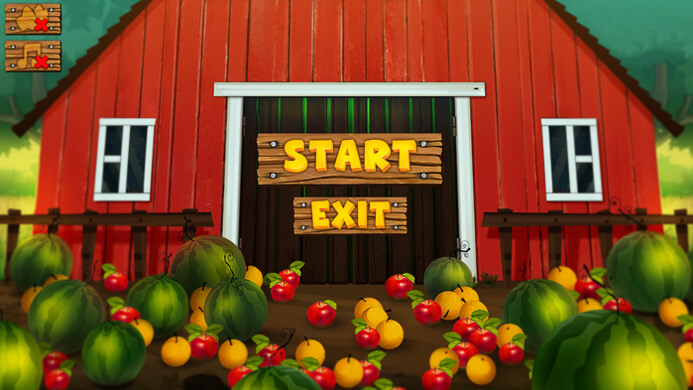
We have dozens of developers, designers, and other specialists at the ready to tackle new projects, so we can definitely push your project forward swiftly whilst maintaining quality. All it takes to get started and discuss cooperation is a call or email. You can contact us through any of the available methods on the page.
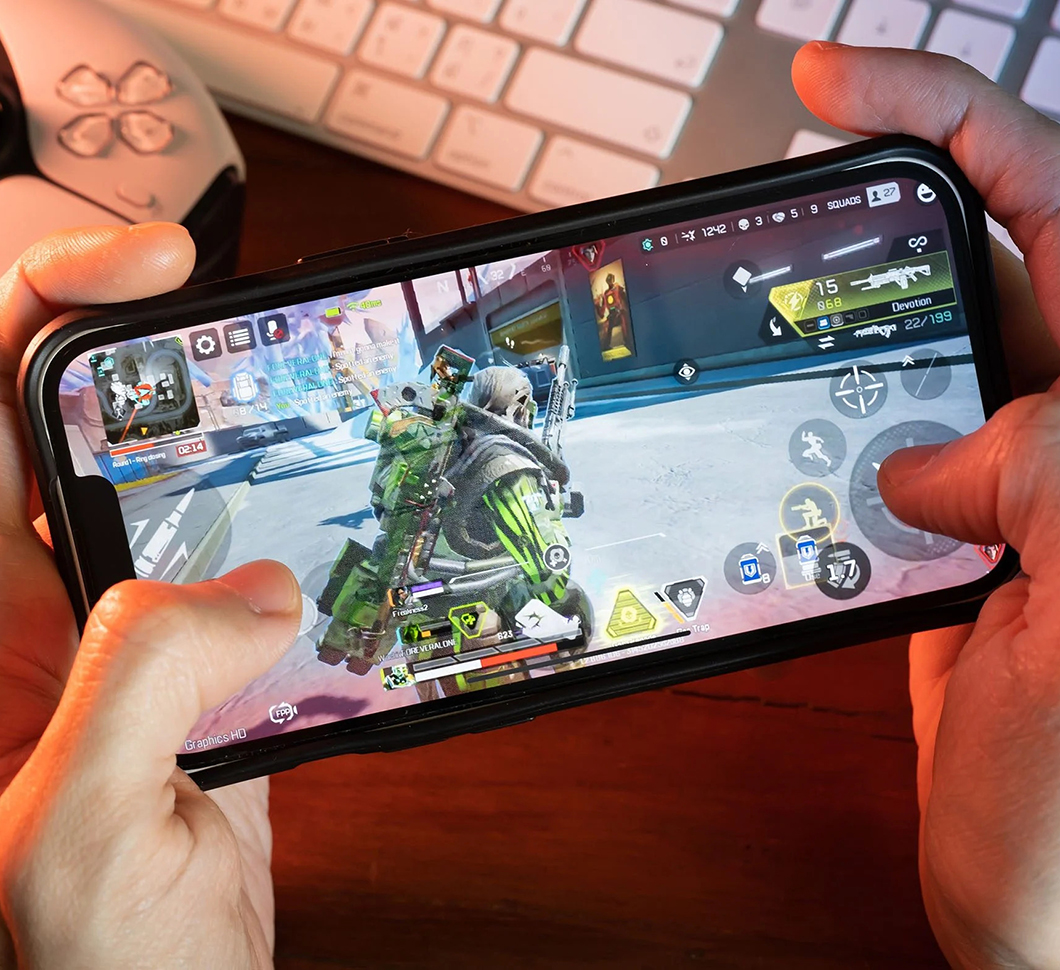 How to Make a Game App That Captures Users and Dominates the Market
How to Make a Game App That Captures Users and Dominates the Market 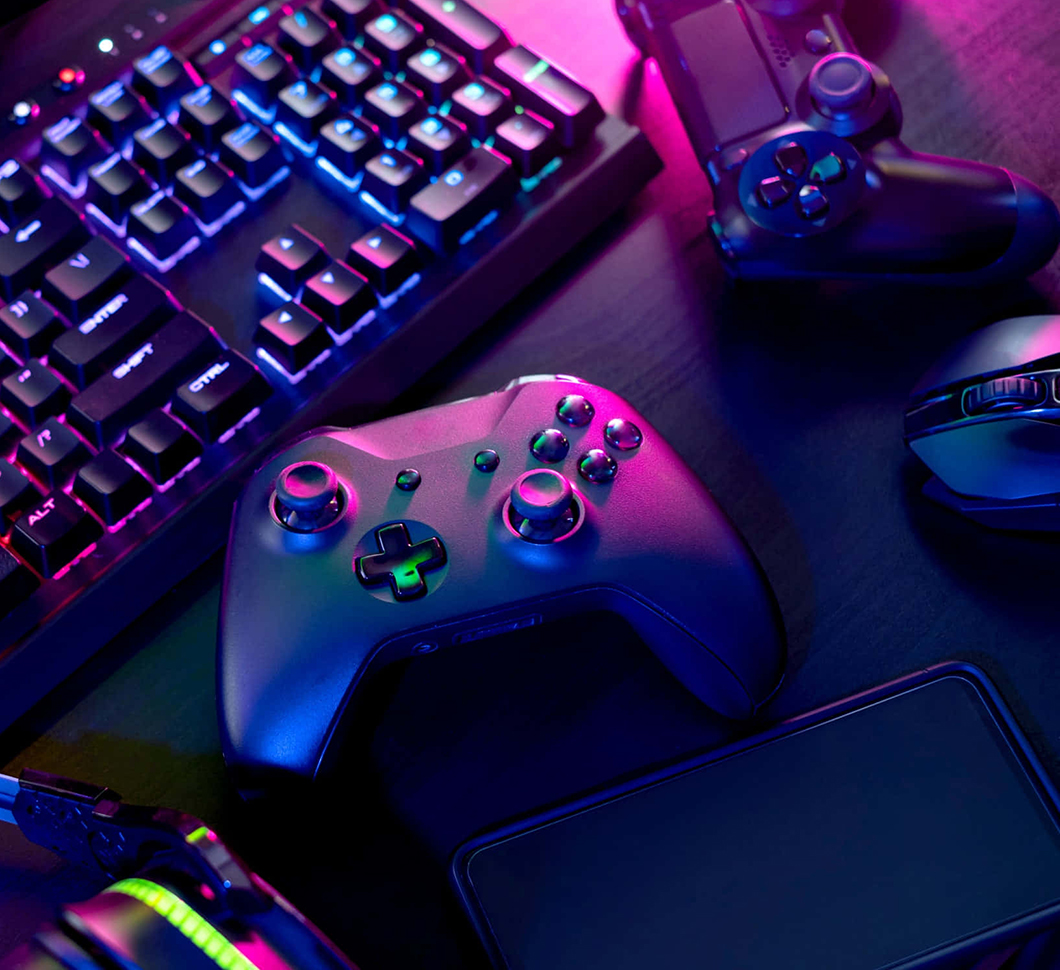 The Quest for Excellence: Unveiling the Best Gaming Platforms of Today
The Quest for Excellence: Unveiling the Best Gaming Platforms of Today 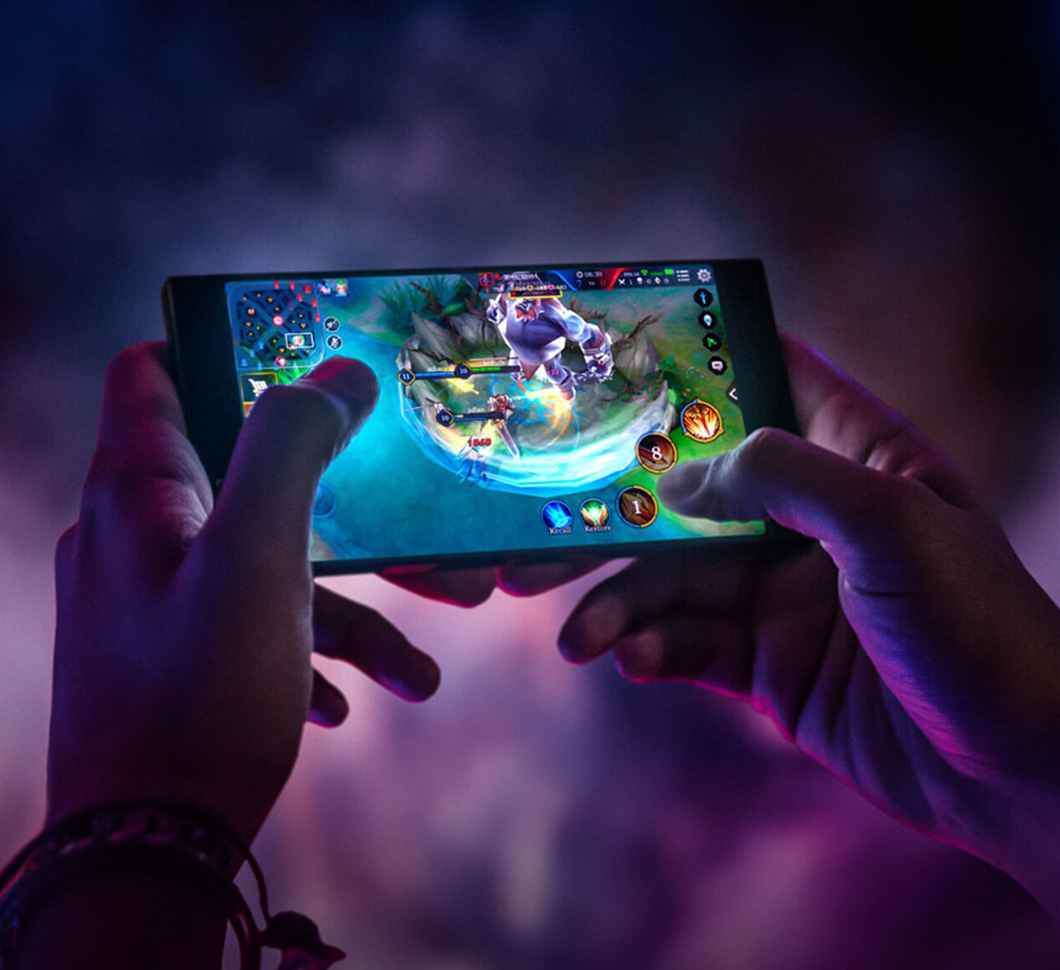 Mobile Gaming Trends 2025: Genres, Technologies, Demographics
Mobile Gaming Trends 2025: Genres, Technologies, Demographics 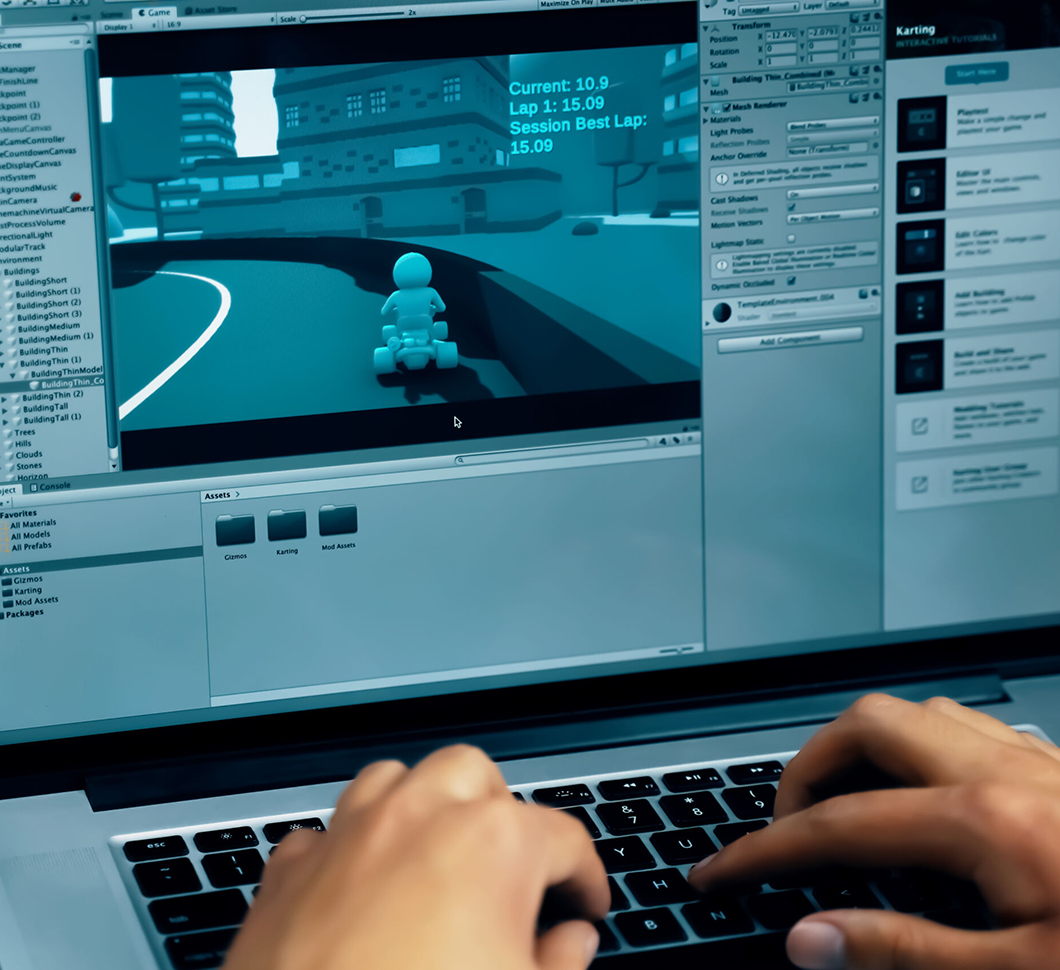 How to Make a Mobile Game in Unity 2025
How to Make a Mobile Game in Unity 2025 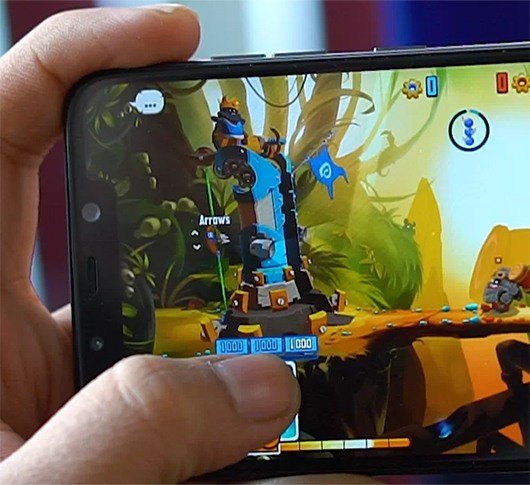 Mobile Game Testing: Types, Tools, and More
Mobile Game Testing: Types, Tools, and More 


































